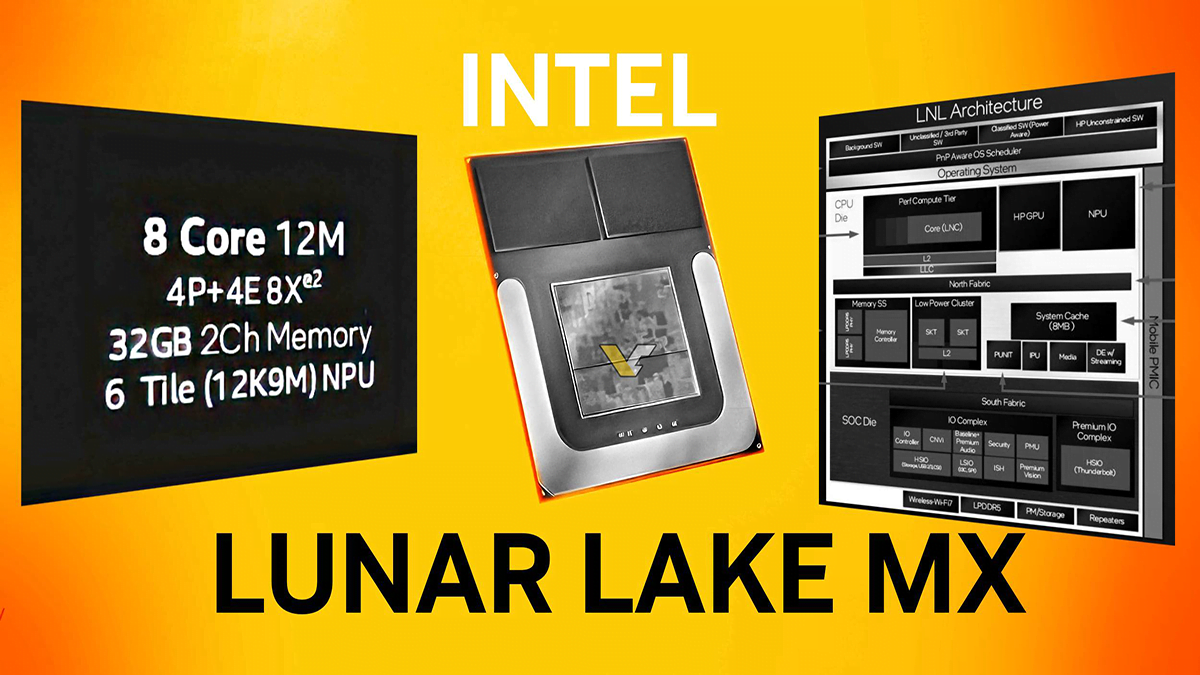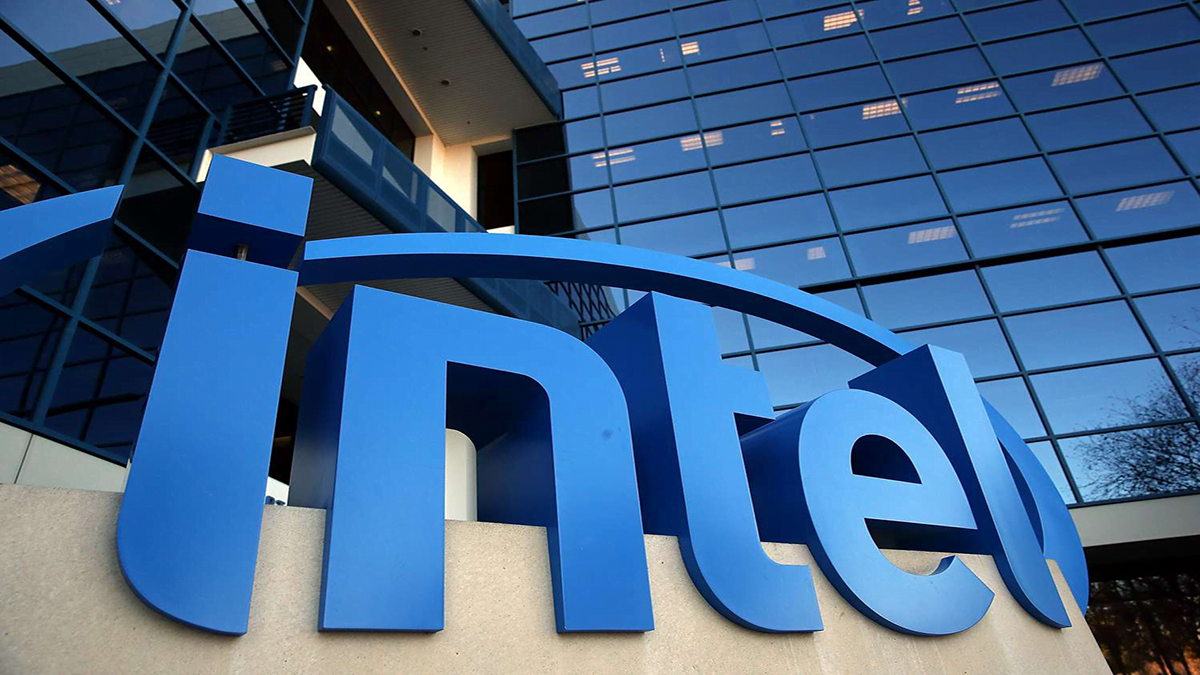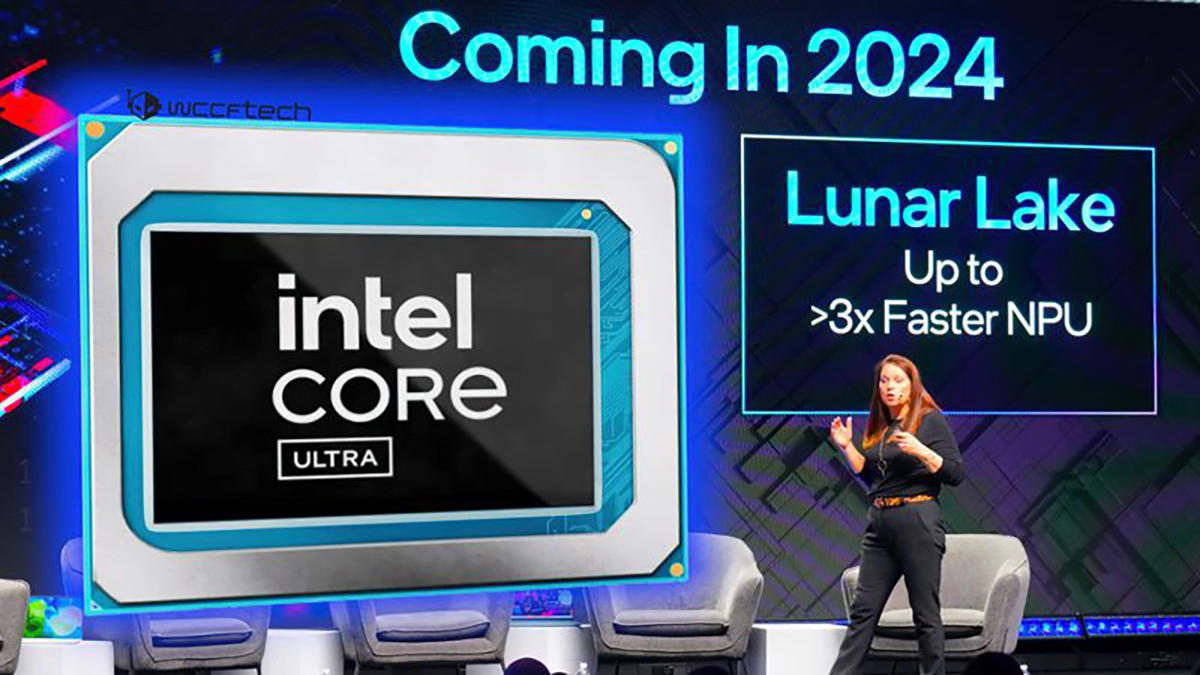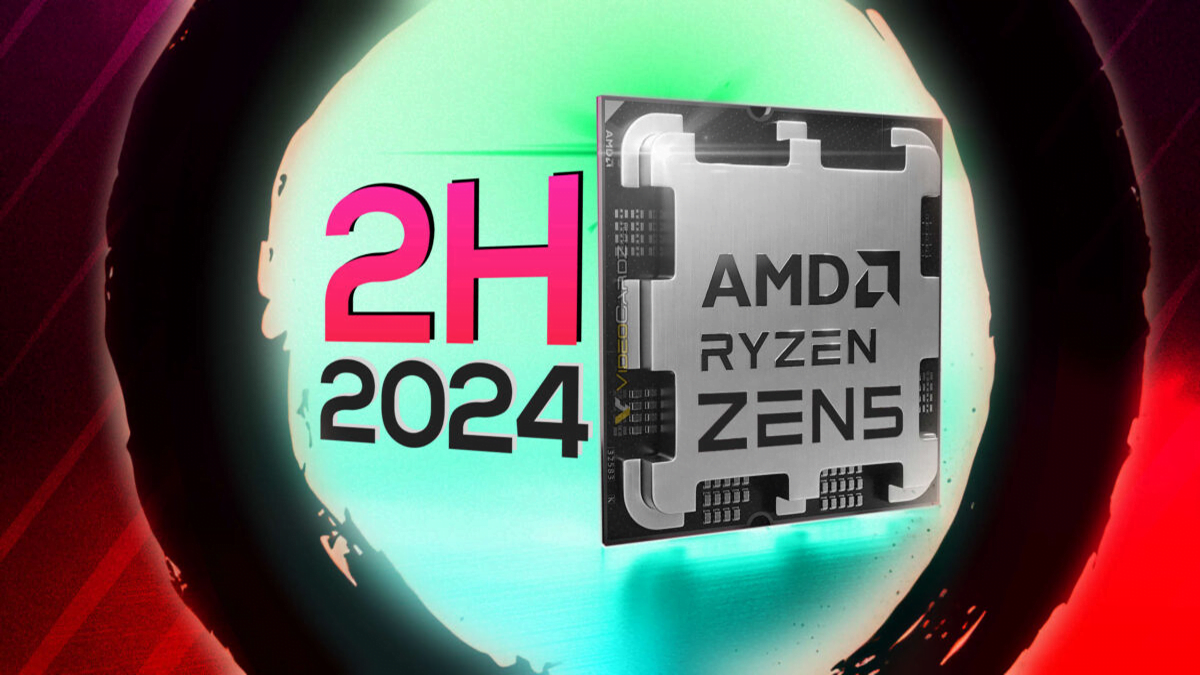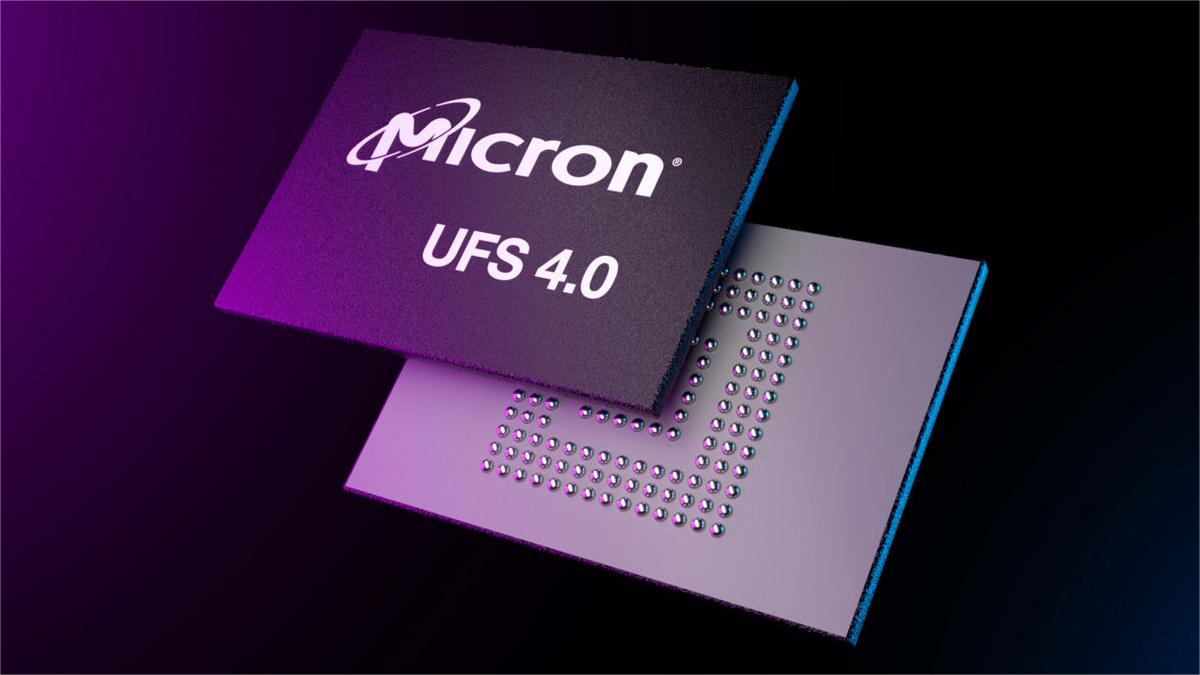Blogger @SquashBionic recently revealed that the performance of the Intel Lunar Lake processor in the 17W configuration, compared to the 15W Meteor Lake-U (2P + 8E) processor, achieved 50% better performance in Cinebench R23 and GeekBench 5. Multi-core performance improvements. In addition, the blogger confirmed that Lunar Lake processors, like Arrow Lake processors, are not equipped with hyper-threading technology.
Blogger @SquashBionic recently revealed that the performance of the Intel Lunar Lake processor in the 17W configuration, compared to the 15W Meteor Lake-U (2P + 8E) processor, achieved 50% better performance in Cinebench R23 and GeekBench 5. Multi-core performance improvements.
In addition, the blogger confirmed that Lunar Lake processors, like Arrow Lake processors, are not equipped with hyper-threading technology.
The key information to summarize Intel Lunar Lake processors is as follows:
Adopting a new architecture, including 4 Lion-Cove P cores and 4 Skymont E cores, it does not support hyper-threading technology.
Equipped with 8 Xe core-scale Battlemage “Xe2-LPG” architecture core display.
Integrated next-generation NPU 4.0.
Excellent energy consumption performance, using unified package memory.
Focusing on the thin and light notebook market, the design power consumption is 17W and the configurable power consumption is 30W.
Zhihu user @XZiar has previously revealed the A1 stepper engineering sample of the processor.
Blogger @king Pig Upgrade Package previously revealed that Intel Lunar Lake processors are implementing the EEP (Early Enabling Program) project. This initiative offers priority support to OEM manufacturers, ensuring the early launch of their products.
Notebooks involved in the EEP project are set to hit the market within this year, with a more extensive product release anticipated in 2025.

